Every year around this time I get a surge in traffic from people searching for information about turning the clock back. No, they aren’t looking for my blog (darn it!) but they are looking for information about when to change their clocks.
This year, the clocks “fall back” on November 5, 2018, which means that there will be less daylight. That’s a bummer for people who seem to really need lots of sunlight to function at 100%. The seasonal affective disorder is a real thing. It is often known as the winter blues or winter depression and affects millions of people.
Posts feature partner companies & may be sponsored. Post contains affiliate links & I will be compensated if you make a purchase after clicking on links. As an Amazon Associate I earn from qualifying purchases.
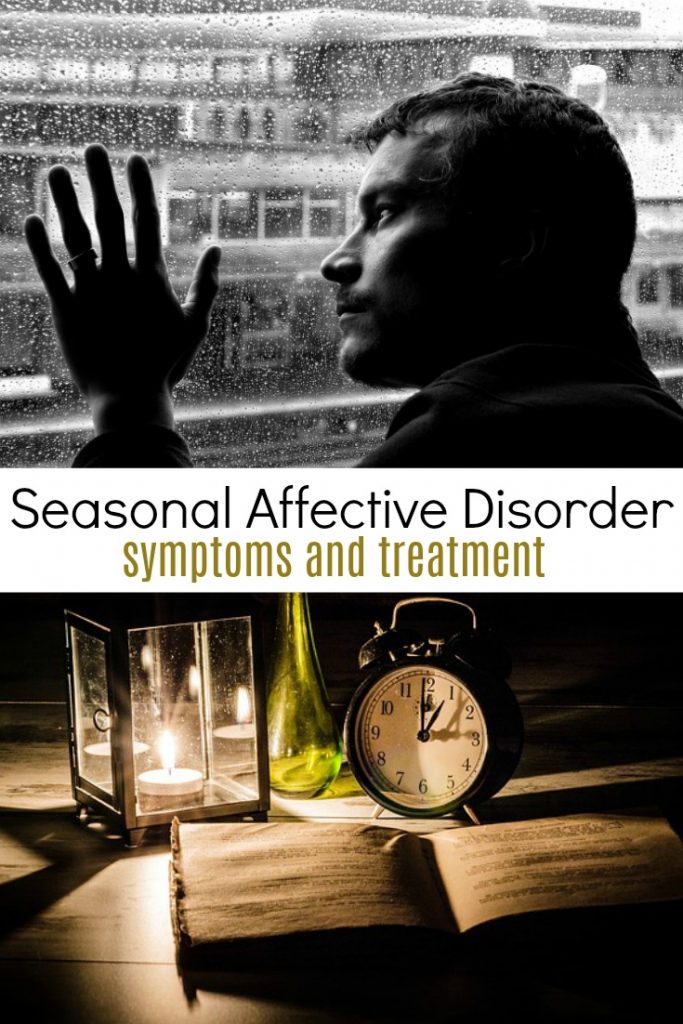
Table of Contents
What is Seasonal Affective Disorder?
Many people chalk up feeling blue in winter as simply a fact of cold weather and lack of sunshine. But 4 to 6 percent of people may have winter depression which is clinically referred to as Seasonal Affective Disorder (SAD).
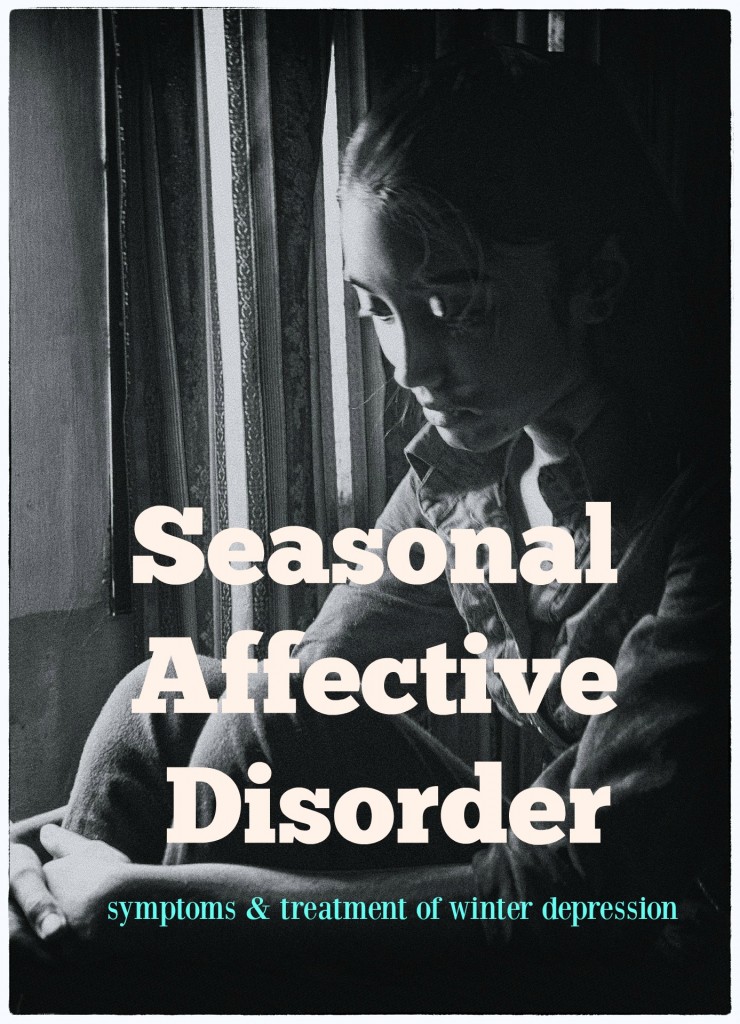
✯Don’t want to miss the next post?✯
Follow Turning the Clock Back on Facebook | Twitter | Pinterest
Or join the private Facebook group for simple tips on going green!
Seasonal Affective Disorder is four times more common in women than in men. Although some children and teenagers suffer from Seasonal Affective Disorder, it usually doesn’t start in people younger than age 20. Your chance of getting SAD decreases as you get older.
Seasonal Affective Disorder is also more common the farther north you go. For example, it’s seven times more common in Washington State than in Florida. In most cases, seasonal affective disorder symptoms appear during late fall or early winter and go away during the sunnier days of spring and summer.
Symptoms may start out mild and become more severe as the season progresses.
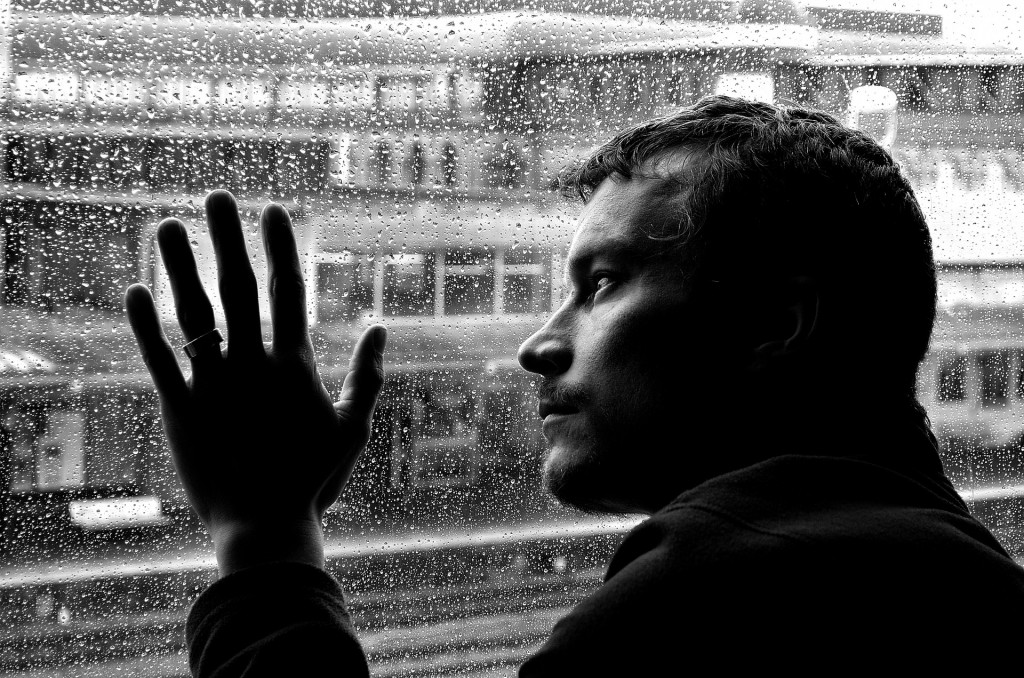
Seasonal Affective Disorder and Turning the Clock Back
What are the symptoms of SAD? Here are a few things you may feel if you suffer from this disorder:
Seasonal Affective Disorder Symptoms
- Depression
- Hopelessness
- Anxiety
- Loss of energy
- Heavy, “leaden” feeling in the arms or legs
- Social withdrawal
- Oversleeping
- Loss of interest in activities you once enjoyed
- Appetite changes, especially a craving for foods high in carbohydrates
- Weight gain
- Difficulty concentrating
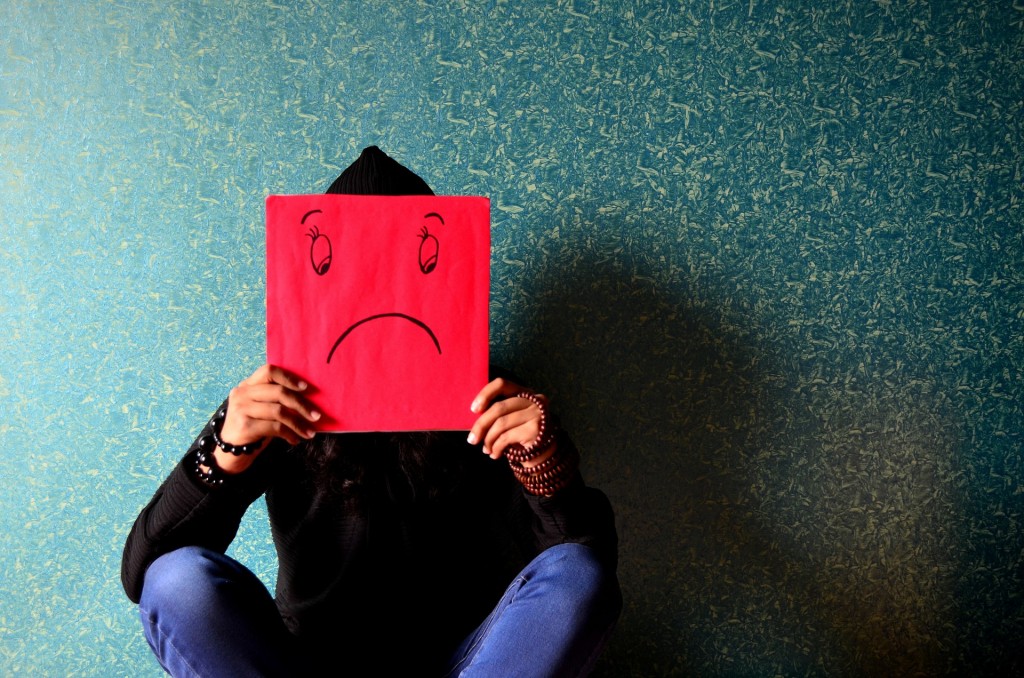
How is SAD treated?
Many people with symptoms of seasonal affective disorder will find that their symptoms respond to a very specific treatment called bright light therapy.
For people who are not severely depressed and are unable—or unwilling—to use antidepressant medications, light therapy may be the best initial treatment option says Dr. Hafeez, a New York State Licensed Neuropsychologist and School Psychologist.
Light therapy for Seasonal Affective Disorder
Light therapy consists of regular, daily exposure to a “light box,” which artificially simulates high-intensity sunlight. Practically, this means that a person will spend approximately 30 minutes sitting in front of this device shortly after they awaken in the morning.
If patients do not improve, a second exposure of 20-30 minutes may be added in the early afternoon. Treatment usually continues from the time of year that a person’s symptoms begin, such as in fall, on a daily basis throughout the winter months.
Because light boxes are created to provide a specific type of light, they are expensive and may not be covered by insurance. Unfortunately, having lots of lamps in one’s house and spending extra time outside is not as effective as this more expensive treatment.
You can try a small light therapy box at home and see if that helps.
Other Mental Health Articles to Read
- How to Get Kids to Exercise to Improve Childhood Mental Health
- Mental Health Benefits of Gardening: Can playing in the dirt really make a girl happy?
- How to be Mindful at Work to Reduce Stress and Improve Health
Studies have shown light therapy to be very effective when compared to placebo. It also seems to be just as effective as antidepressants in many cases of non-severe SAD.
Light therapy may also work faster than antidepressants for some people. Changes may begin within a few days of starting treatment. Of course, not everyone responds quite the same to light therapy. Some people may choose to treat their SAD with both light therapy and antidepressant medications.
Seasonal Affective Disorder Treatment Options from the Cleveland Clinic
Check out the video below for tips about seasonal affective disorder treatment options.
Of course, a healthy lifestyle, including regular exercise, a good diet, and a strong social network, is also likely to help you cope with seasonal affective disorder. Do you suffer from SAD?
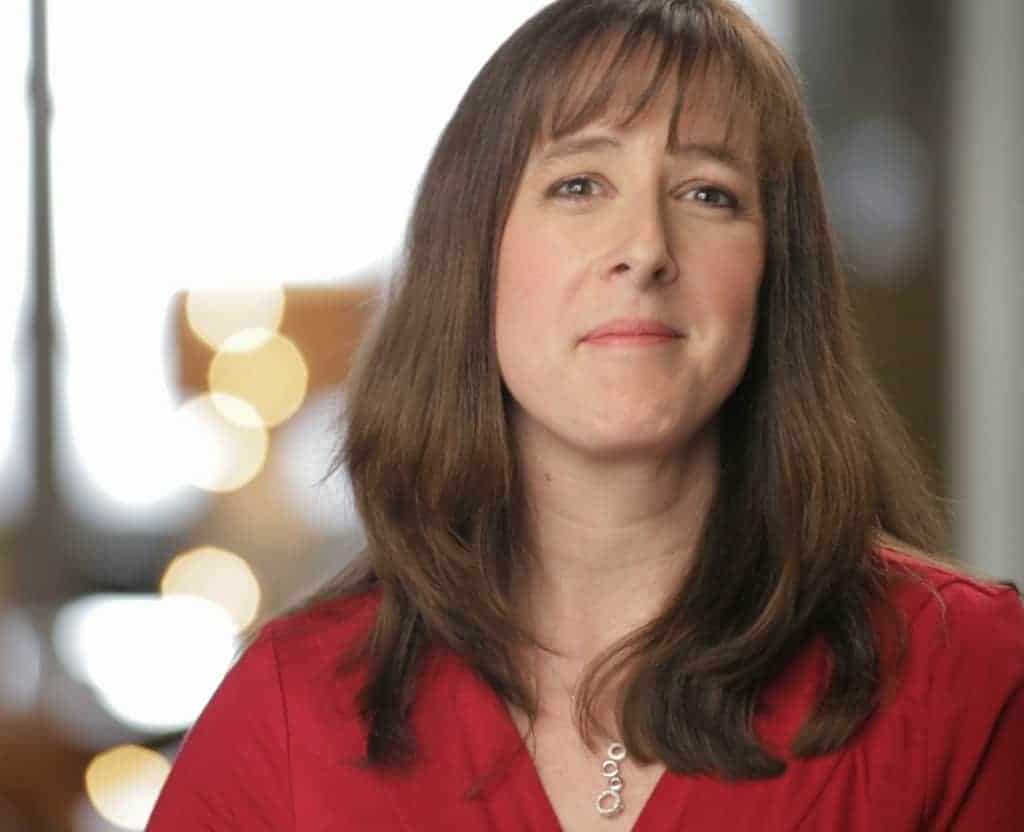
Diane is a professional blogger and nationally certified pharmacy technician at Good Pill Pharmacy. She earned her BS in Microbiology at the University of New Hampshire and has worked in cancer research, academics, and biotechnology. Concern over the growing incidence of human disease and the birth of her children led her to begin living a more natural life. She quickly realized that the information she was learning along the way could be beneficial to many others and started blogging and freelance writing to share this knowledge with others. Learn more about her HERE.

This was very informative. I like that there is an alternative treatment rather than automatically jumping to pills. I will have to consider this come winter time.
I think too many people automatically assume they should take a pill for something that ails them. Sometimes, alternative treatments can work wonders!
My husband struggles with SAD. We have been thinking about trying the light therapy with him. His doctor also suggested a vitamin D supplement. We are waiting for the vitamin d to kick in!
my doctor feels that vitamin D is one of the important ones that most people should take regularly! Good luck to him. I really hope the light therapy helps!
This time of year can be so hard when the sun goes away and the rainy season starts up. These are great ways to fight off the mood swings from the disorder.
I have a good friend that deals with this EVERY year as soon as it turns cold she gets really depressed. Thank you for helping to spread awareness and help for this very serious disorder.
I hope your friend finds a solution soon. She is not alone…it effects more people than I ever realized!
i have heard about this. i have noticed since i moved from Michigan to south Florida i am a lot more happier especially in the winter months. its something how the sunshine and can your moods. i used to get really sad when it rained to long or snowed. I think its the grey sky.